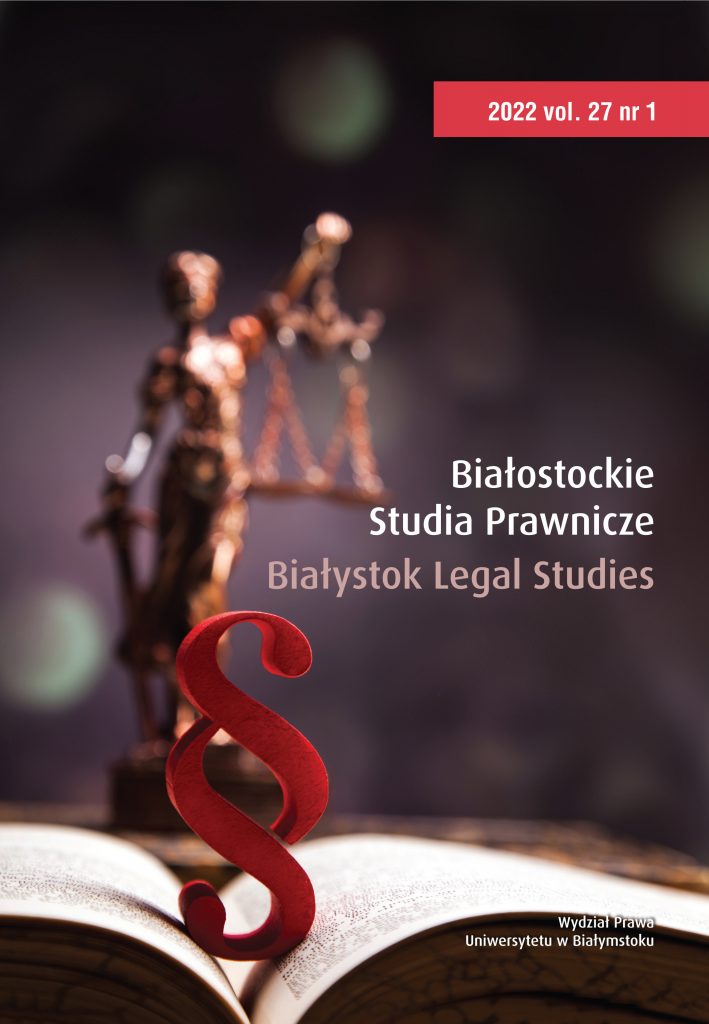Various Aspects of the Application for a Trademark Made in Bad Faith in the Light of EU Case Law
Słowa kluczowe:
bad faith, EU trademark, genuine useAbstrakt
European Union case law has in recent years brought to the surface numerous decisions that shed new light on the interpretation of bad faith in trademark law. The aim of this article is to present and discuss the premises that, pursuant to the judgments of the European Courts and decisions of the European Union Intellectual Property Office (EUIPO), are perceived as circumstances that may deem an application for a trademark as one made in bad faith. A close examination of the judicial decisions aims at determining how the approach to the concept of bad faith has been shaped in EU case law over the years since the preliminary ruling on the trademark application concerning the Easter bunny (Chocoladefabriken Lindt & Sprüngli). Initially, bad faith was identified with those unfair applications for trademarks aiming at harming a third-party interest that had used a given mark before. The rulings issued in subsequent years clearly indicate that the application for a trademark made in bad faith does not have to be connected with a similar designation used by a third party beforehand. Such an application may derive from an unfair strategy of protecting the applicant’s own designations. What is unfair here is an attempted use of the system of protection of trademarks for purposes other than those for which it serves, through making an application for a trademark for purposes other than the functioning of that trademark.Bibliografia
Andrzejewski M., Kostański P., (w:) P. Kostański (red.), Prawo własności przemysłowej. Komentarz, Warszawa 2014.
Cornish W., Llevelyn D., Intellectual Property: Patents, Copyright, Trade Marks and Allied Rights, Londyn 2003.
Giannino M., Neymar dribbles past free riding: General Court confirms invalidity of a mark featuring the name of the Brazilian football star on the ground of bad faith, “Journal of Intellectual Property Law & Practice” 2019, 14 (8).10.1093/jiplp/jpz087
Kur A., (w:) A. Kur, M. Senftleben, European Trade Mark Law. A Commentary, Oxford 2017.10.1093/oso/9780199680443.001.0001
Mazurek M., Informacyjny charakter oznaczenia jako przeszkoda rejestracji wspólnotowego znaku towarowego, „Białostockie Studia Prawnicze” 2015, nr 19.10.15290/bsp.2015.19.13
Mellor J., Llewelyn D., Moody-Stuart T., Keeling D., Berkeley I., Kerly’s Law of Trade Marks and Trade Names, Londyn 2011.
Micheletti C., Preventing Loss of Trademark Rights: Quantitative and Qualitative Assessments of Use and Their Impact on Abandonment Determinations, TMR 2004/5.
Nowińska E., du Vall M., Pojęcie złej wiary w prawie znaków towarowych, (w:) Księga pamiątkowa z okazji 85-lecia ochrony własności przemysłowej w Polsce, Warszawa 2003.
Ożegalska-Trybalska J., Znaki towarowe a zła wiara, (w:) J. Barta, J. Chwalba, R. Markiewicz, P. Wasilewski (red.), Qui bene dubitat, bene scient. Księga jubileuszowa dedykowana Profesor Ewie Nowińskiej, Warszawa 2018.
Phillips J., Trade Mark Law. A Practical Anatomy, Oxford 2003.
Preussner-Zamorska J., Zgłoszenie znaku towarowego w złej wierze, (w:) Księga pamiątkowa z okazji 80-lecia rzecznictwa patentowego w Polsce, Warszawa 2001.
Promińska U., (w:) E. Nowińska, U. Promińska, M. du Vall, Prawo własności przemysłowej, Warszawa 2008.
Sartre J.P., Byt i nicość, tłum. J. Kiełbasa, Warszawa 2007.
Sitko J., Protection of a Famous Person’s Surname in the Light of the European Union Trade Mark Regulation, “European Research Studies Journal” XXIV, wyd. spec. 2021, nr 2.10.35808/ersj/2219
Sitko J.J., Special Criteria of Trade Mark Protection with Regard to Pharmaceutical Products in the European Union Legal System, IIC – “International Review of Intellectual Property and Competition Law”, wrzesień 2014, z. 45 (6).10.1007/s40319-014-0236-5
Skubisz R., Prawo znaków towarowych. Komentarz, Warszawa 1997.
Skubisz R., Zgłoszenie znaku towarowego w złej wierze (wybrane problemy), (w:) L. Ogiegło, W. Popio-łek, M. Szpunar (red.), Rozprawy prawnicze. Księga pamiątkowa Profesora Maksymiliana Paz-dana, Warszawa 2005.
Skubisz R., Uzyskanie charakteru odróżniającego przez znak towarowy poprzez używanie (przesłanki, data i dowody nabycia), „Białostockie Studia Prawnicze” 2015, nr 19.10.15290/bsp.2015.19.14
Szczepanowska-Kozłowska K., (w:) R. Skubisz (red.), System prawa prywatnego, t. 14 B: Prawo własności przemysłowej, wyd. 2, Warszawa 2017.
Tannant L., Further success for Sky in SkyKick saga, as partial invalidity finding is overturned, “World Trademark Review”, 19.08.2021.
Trzebiatowski M., (w:) J. Sieńczyło-Chlabicz J. (red.), Prawo własności przemysłowej. Komentarz, Warszawa 2020.
Trzebiatowski M., Obligatory Trade Mark Use and Case-Law, Lublin 2010.
Vos G., (w:) G. Hasselblatt (red.), Community Trade Mark Regulation. A Commentary, Oxford 2015.10.5771/9783845258904
Żelechowski Ł., (w:) P. Kostański, Ł. Żelechowski, Prawo własności przemysłowej, wyd. 2, Warszawa 2020.



